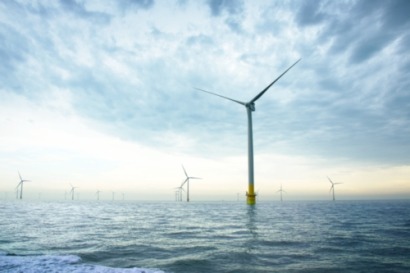
Minister Rob Jetten said, “This is an international first, nowhere in the world are wind farms at sea shut down to protect birds during massive bird migration. We want to keep the impact of wind farms on nature as small as possible and we do this, among other things, with this measure. All parties involved have worked well together and set this up in a relatively short time, so a great initiative that I am very proud of.”
To give the birds a safe passage, wind farm owners will from now on reduce the speed of the wind turbines to a maximum of two rotations per minute during the predicted night-time peak migration.
At the end of 2022, a PhD student at the University of Amsterdam (UvA) delivered a bird migration prediction model that predicts bird migration two days in advance. The model uses weather data and various bird radars on the North Sea.
A group of migratory bird experts also predicts the probability of large bird migration two days in advance. The time span of two days gives grid operator TenneT time to guarantee the stability of the high-voltage grid. This time is also used to inform all parties involved and to carefully initiate the shutdown of the turbines.
Tim van Oijen of Vogelbescherming Nederland, said, “Twice a year, in spring and autumn, millions of birds migrate across the North Sea on some nights. With the growth in the number of wind farms in the North Sea, it is extremely important that we do this in the most ecologically responsible way possible with minimal impact on the North Sea. The temporary shutdown of the turbines during bird migration contributes to this.”
This first implementation of the measure is part of the pilot phase this spring in which it will be examined whether all systems are doing what they are supposed to do: from forecasting to shutting down the wind turbines. The measure will officially take effect in the autumn of 2023 and will be continuously improved from then on. The wind farms that are currently under construction and future wind farms will also participate in the measure. The wind sector, the UvA and the government are continuously researching bird migration in the North Sea so that the effectiveness of the measure can be continuously improved.
Rijkswaterstaat developed the procedure on behalf of the Ministry of Economic Affairs and Climate Policy with, among others, the wind farm owners, grid operator TenneT, the Ministry of Agriculture, Nature and Food Quality, Bird Protection and the North Sea Foundation.

